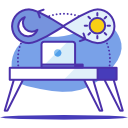Work Better by Design: Color Psychology in Modern Workspaces
Chosen theme: Color Psychology in Modern Workspaces. Discover how strategic palettes influence focus, collaboration, and wellbeing, with research-backed ideas, relatable stories, and practical steps you can apply today. Join the conversation—share photos of your space and subscribe for weekly experiments.
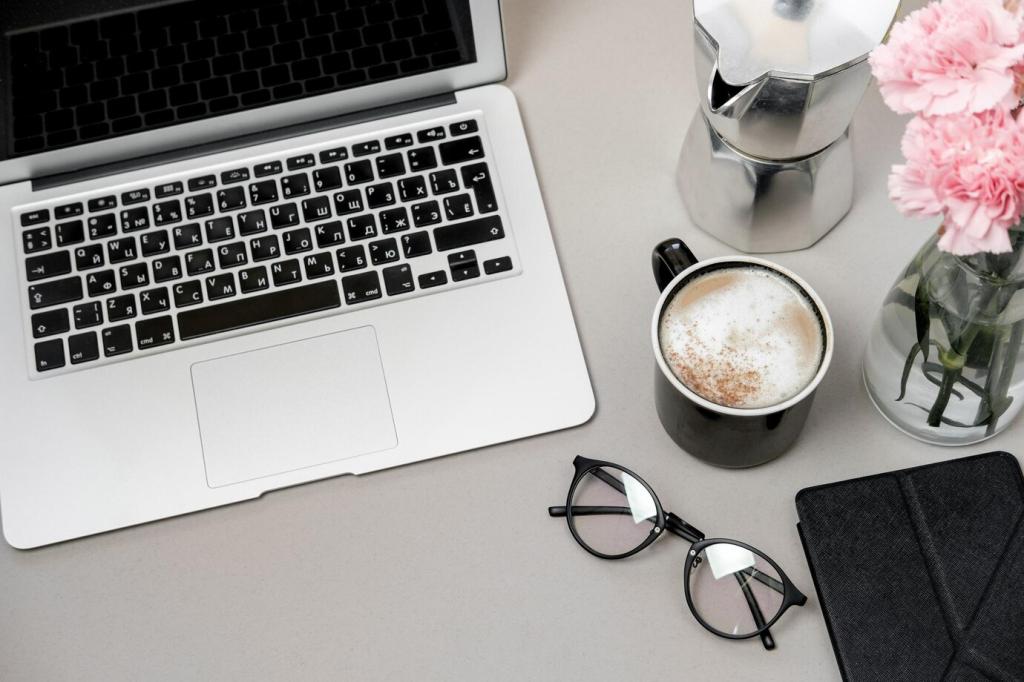
Cool blues lower heart rate, reduce cognitive noise, and support sustained attention. In one reader’s story, a muted denim wall curbed procrastination and helped them finish quarterly reports an hour earlier, consistently, without extra coffee.
The Science Behind Workplace Colors
Zoning Your Office with Intentional Color
Matte, desaturated blues minimize glare and visual clutter, quietly absorbing distractions. Pair with soft textures and task lighting to create cocooned work nooks where deep work feels natural, uninterrupted, and protected from the buzz of collaboration spaces.
Home Office and Hybrid Color Tactics
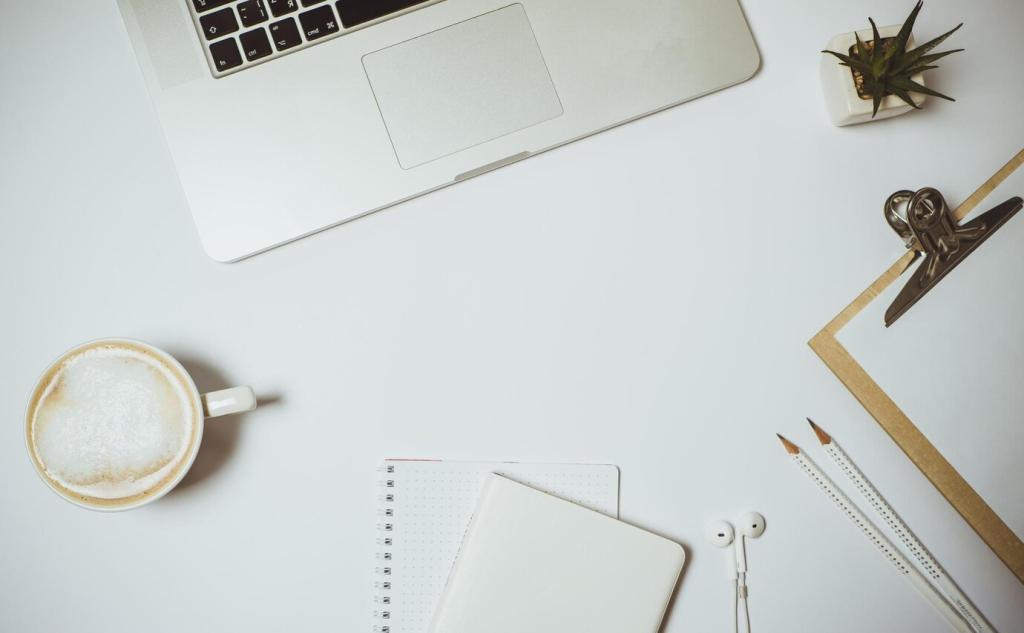
Set Your Wall as a Cognitive Anchor
Choose a single dominant hue behind your screen. Softer blues or sages are forgiving on camera and in person, keeping your focus steady while reducing the constant micro-decisions your eyes make scanning busy backgrounds.
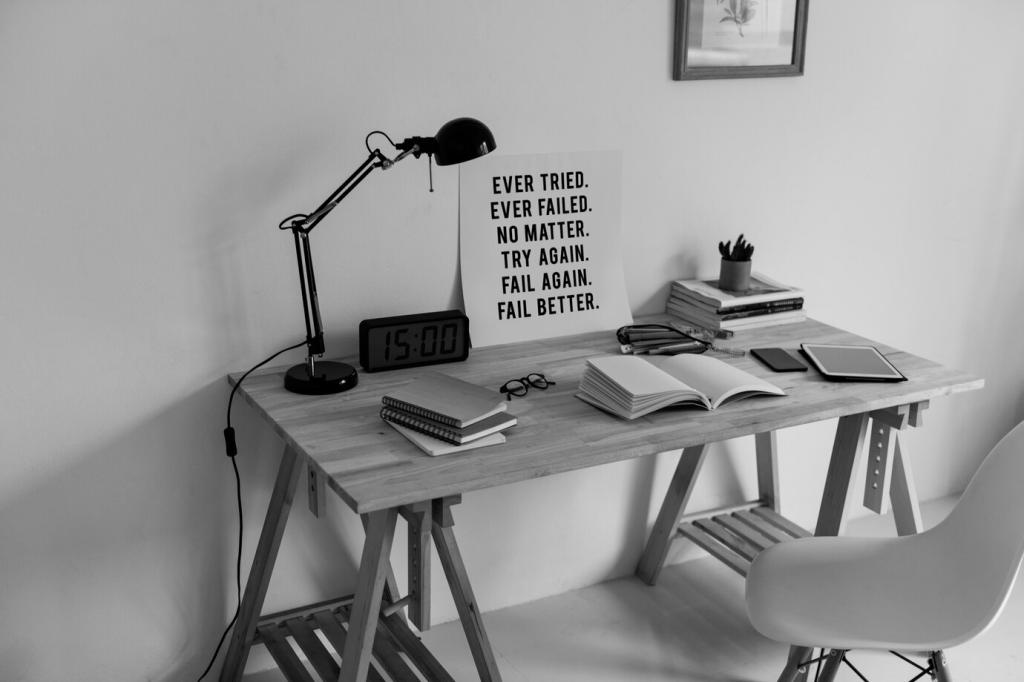
Balance Hue with Light Temperature
Color behaves differently under warm and cool bulbs. Aim for 4000-4500K task lighting with blue or green schemes, or slightly warmer light with clay neutrals, so skin tones look healthy and documents retain accurate contrast on video calls.
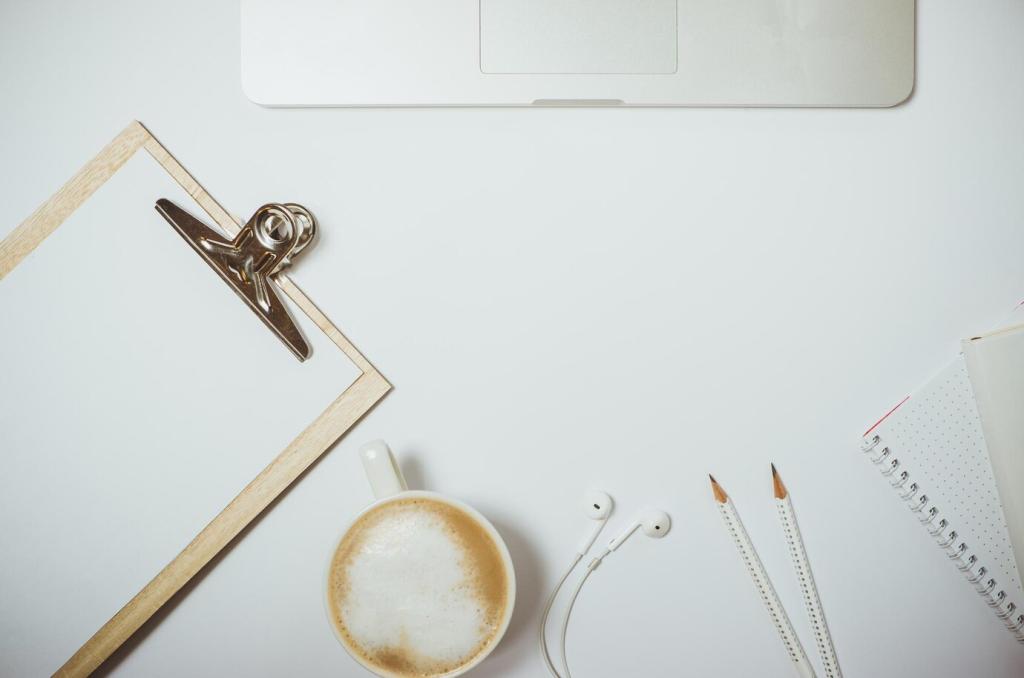
Design Video-Friendly Backgrounds
Muted, low-saturation palettes compress better on video and prevent shimmering. Avoid tight stripes. A framed print in harmonious colors can become your personal brand cue, instantly recognizable in meetings without shouting for attention.
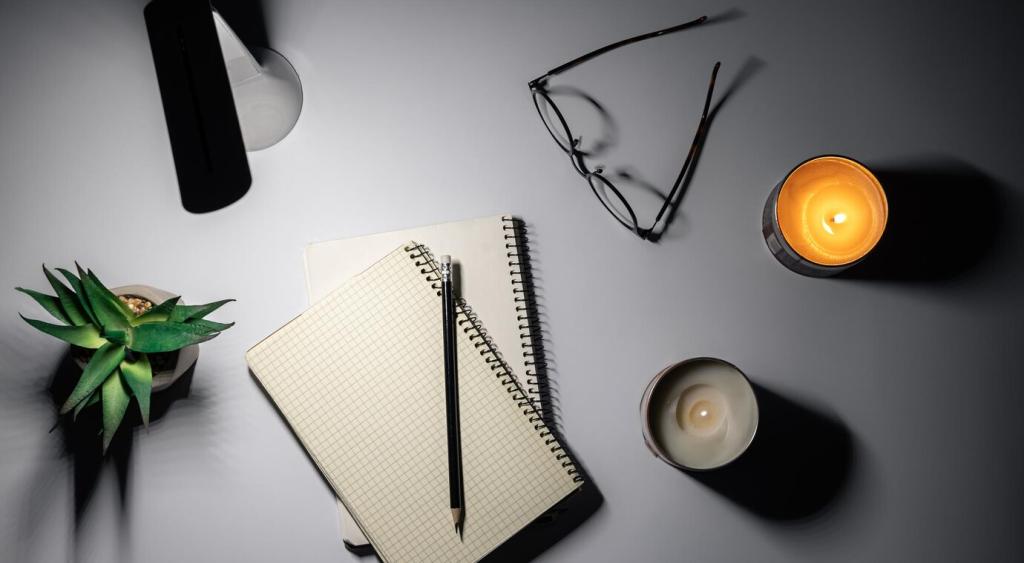
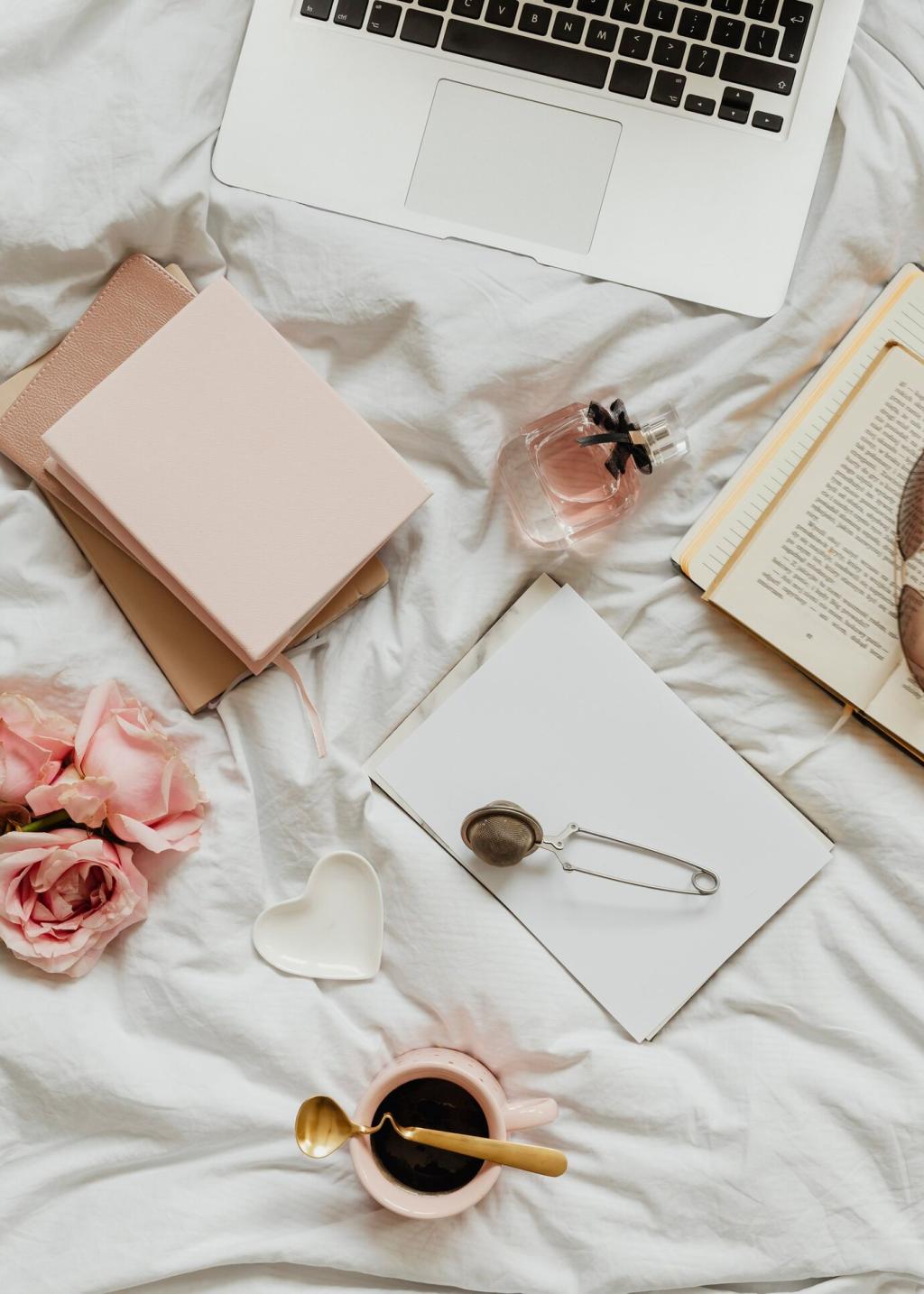
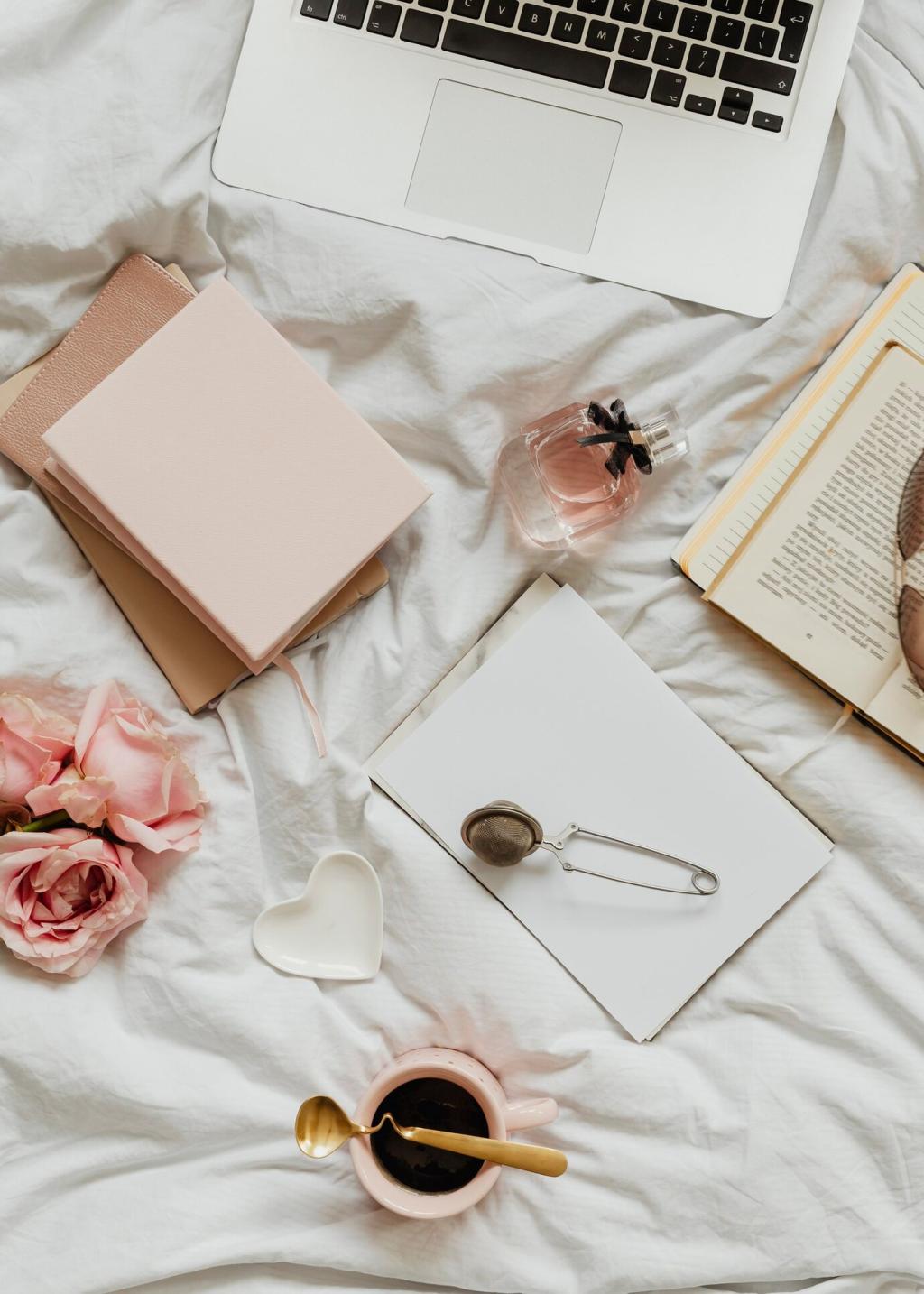
Story: A Startup Repaints for Measurable Results
Baseline: Busy, Draining, and Loud
Their loft office looked stylish on Instagram but felt chaotic. Burnout surveys rose, deep-work hours fell, and support tickets piled up after lunch. Employees joked about the orange headache near the kitchen.
Intervention: Palette by Purpose
They cooled focus areas with slate-blue walls, softened meeting rooms with olive and linen, and kept a small coral stripe only in the brainstorm corner. Volunteers helped paint, building momentum and a sense of shared authorship.
Outcomes: Calmer Minds, Clearer Work
After six weeks, deep-work time increased twenty-three percent, peer interruptions dropped, and customer replies went out earlier. Two teammates reported fewer migraines. The orange wall? Reused as art panels in the makers’ lounge, where it actually belongs.
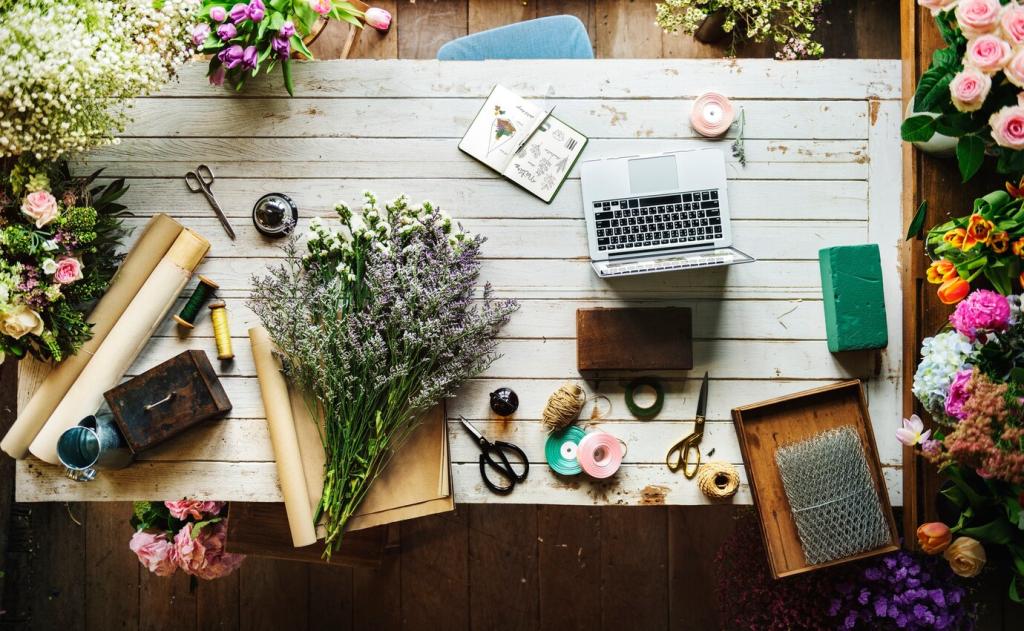
Practical Palette Builder and Common Pitfalls
Extract two calming workplace hues adjacent to your brand color on the wheel, then apply the brand only to touchpoints requiring recognition. This respects identity while giving daily environments the serenity they deserve.
